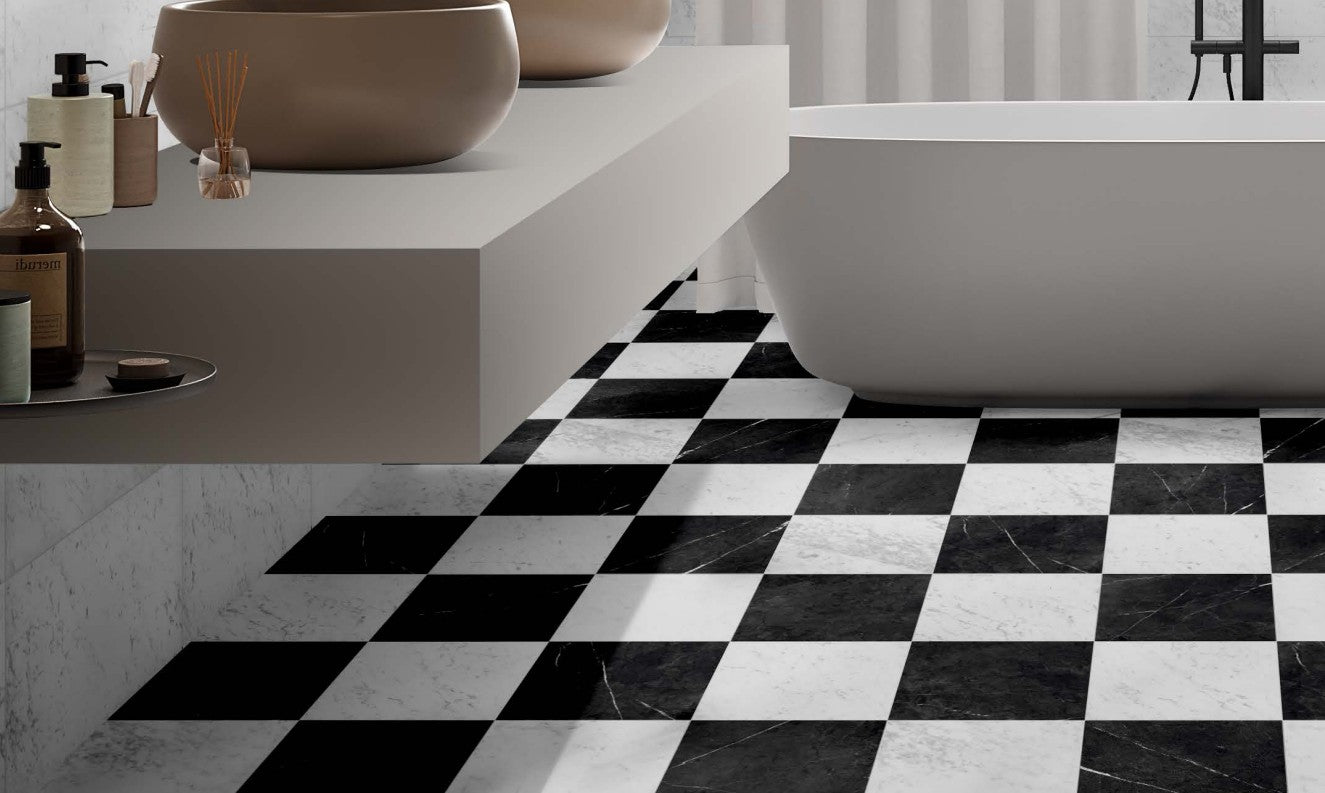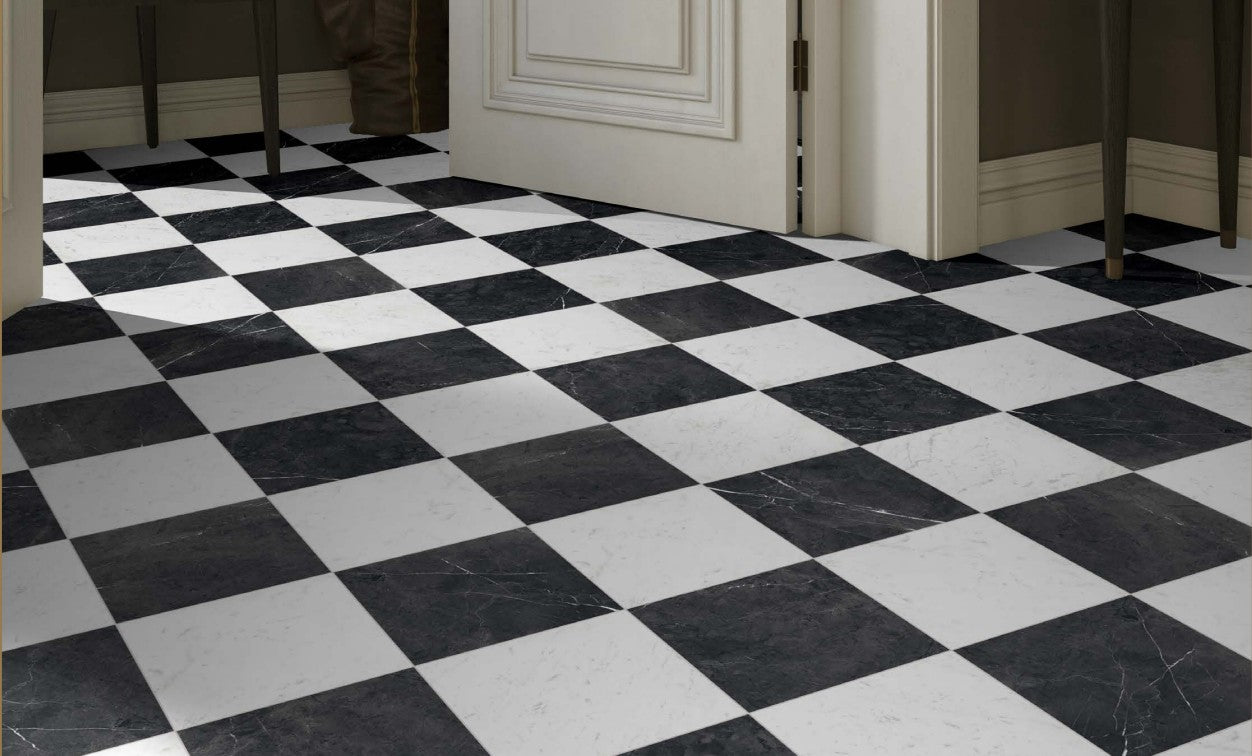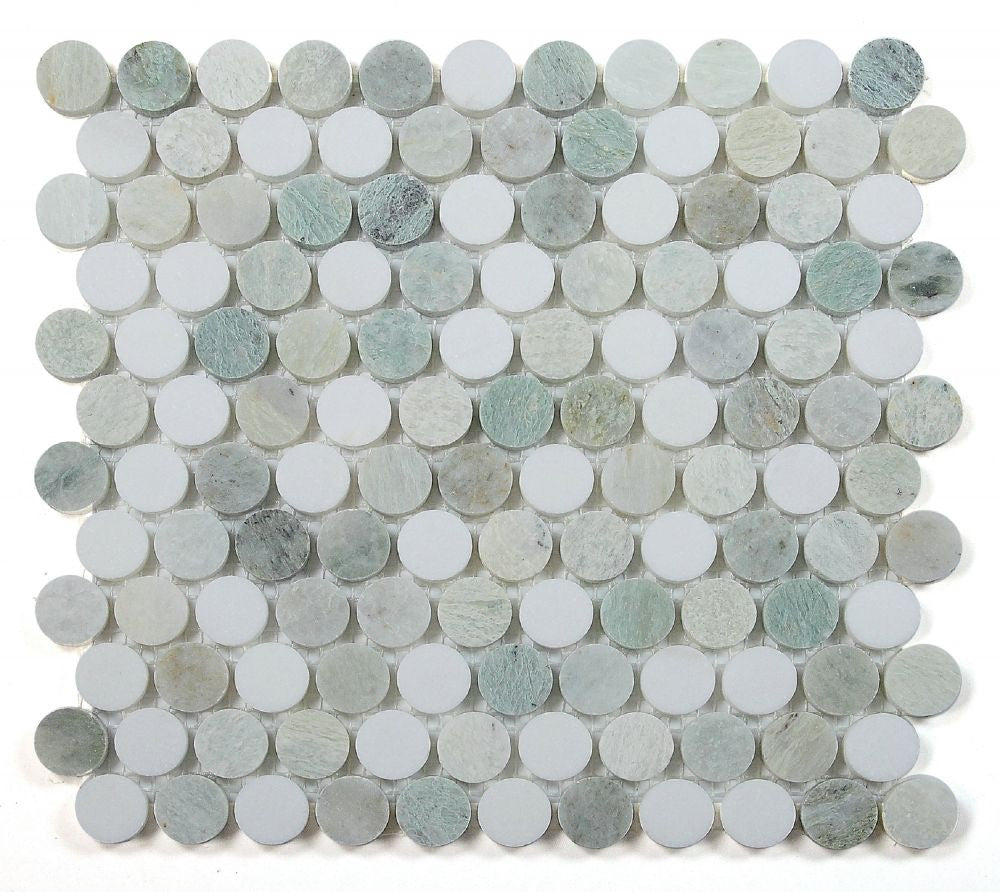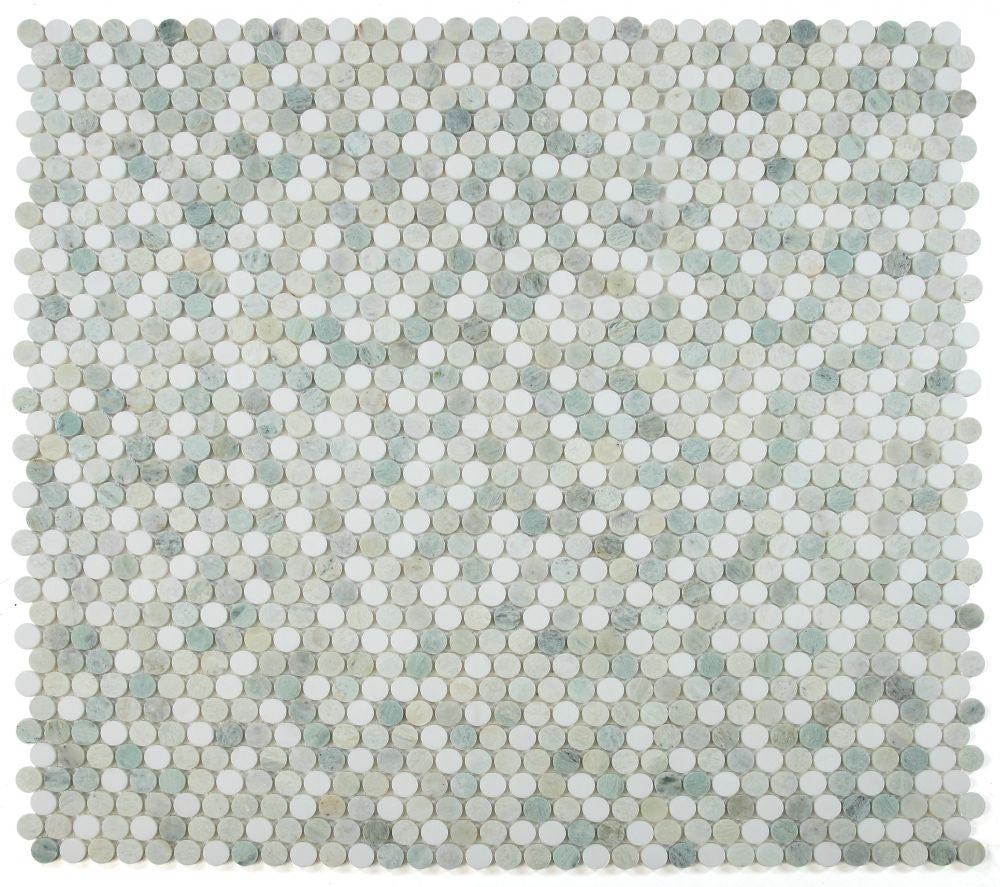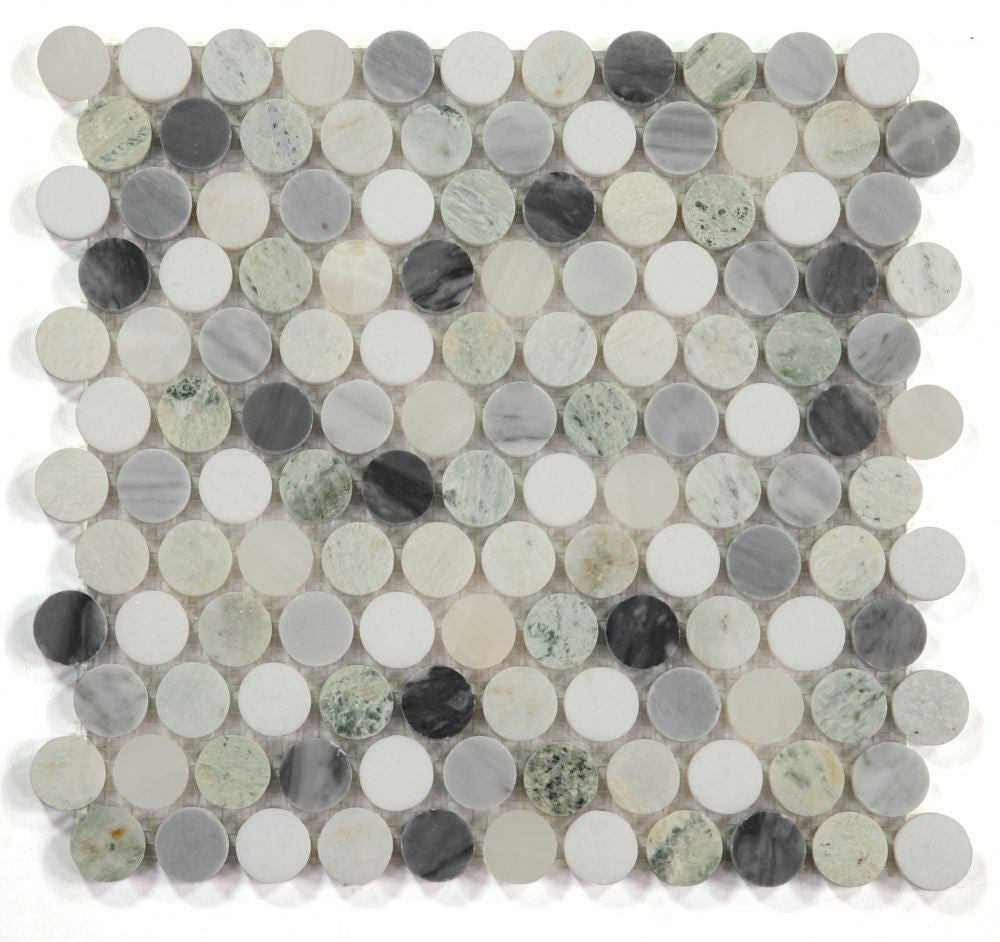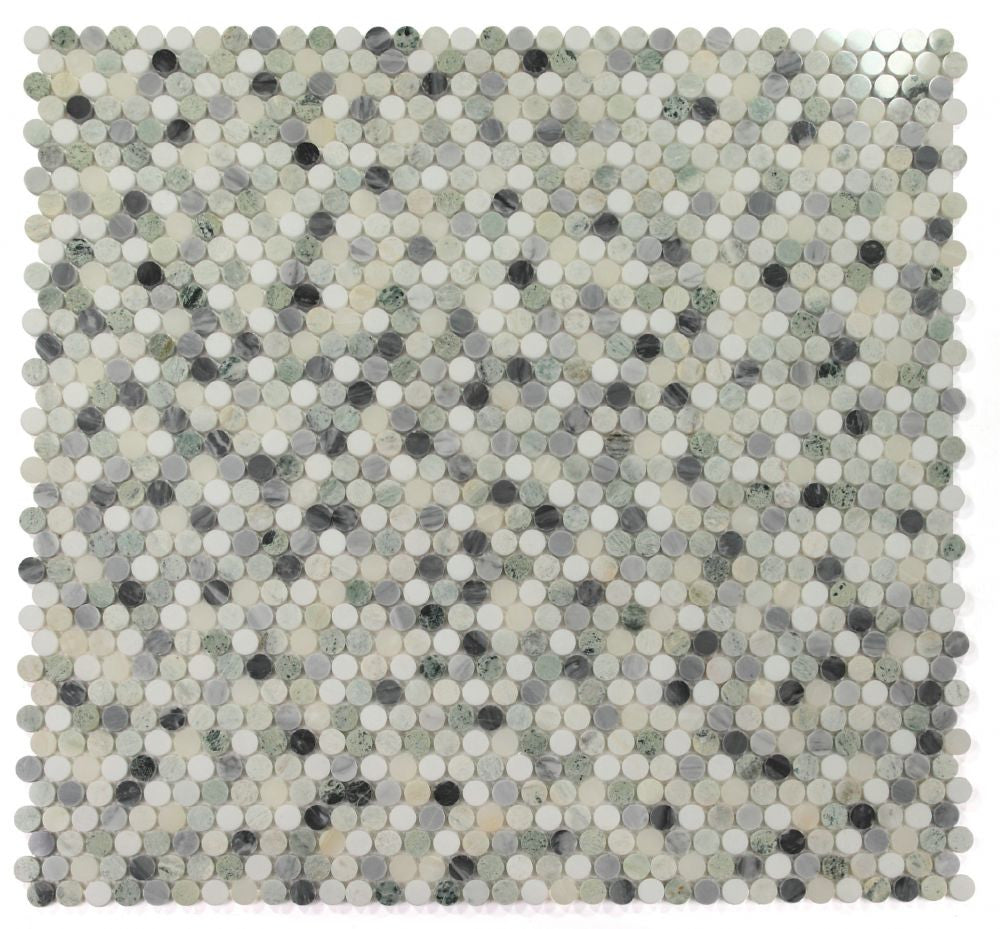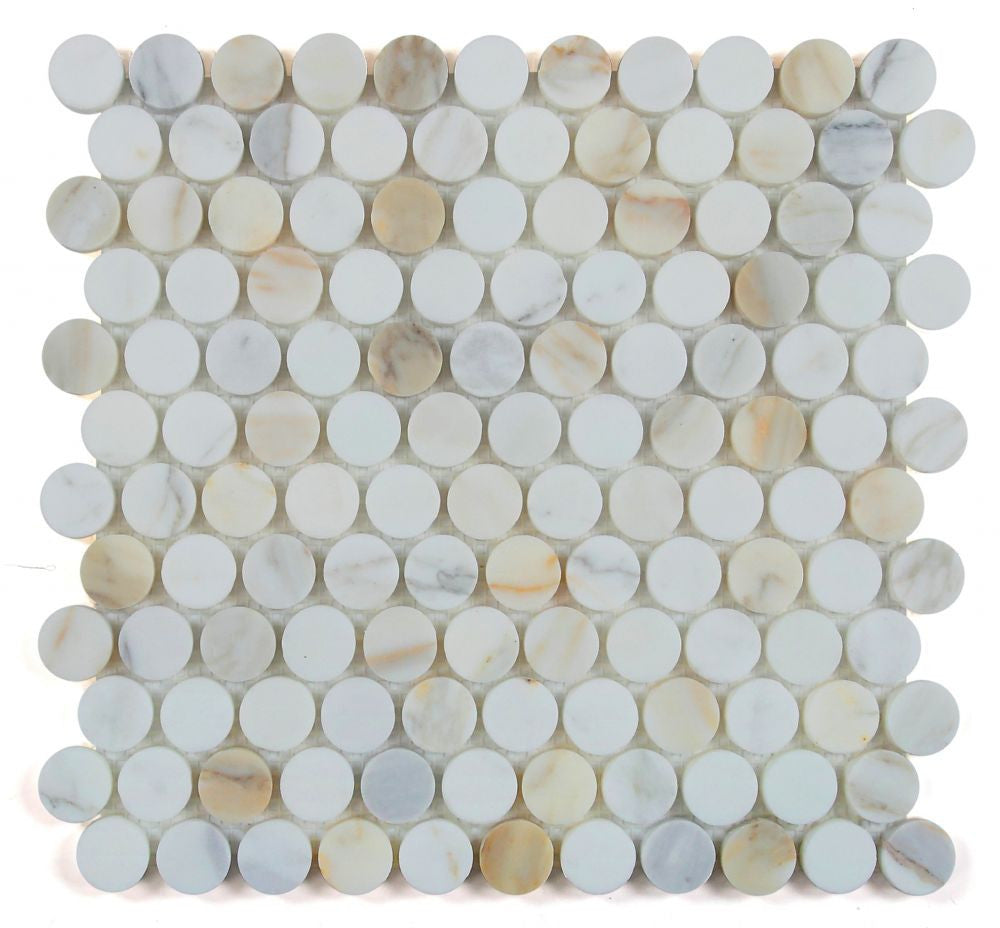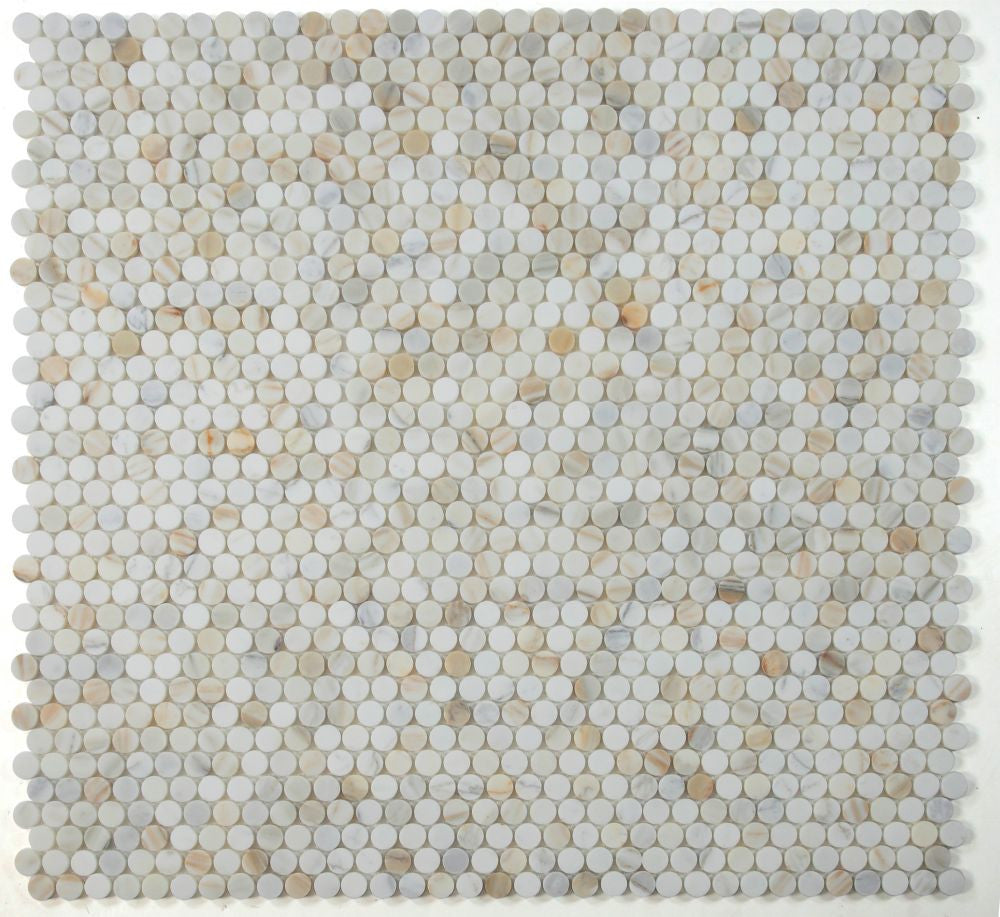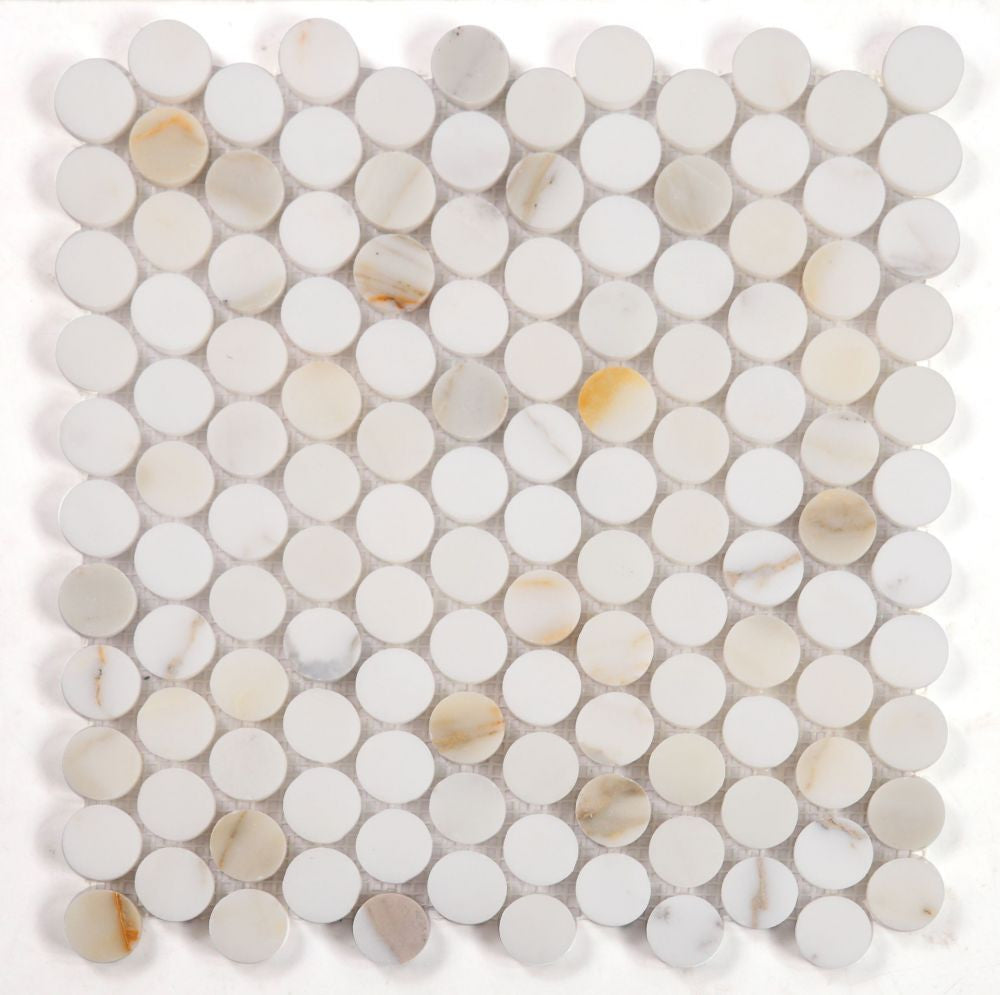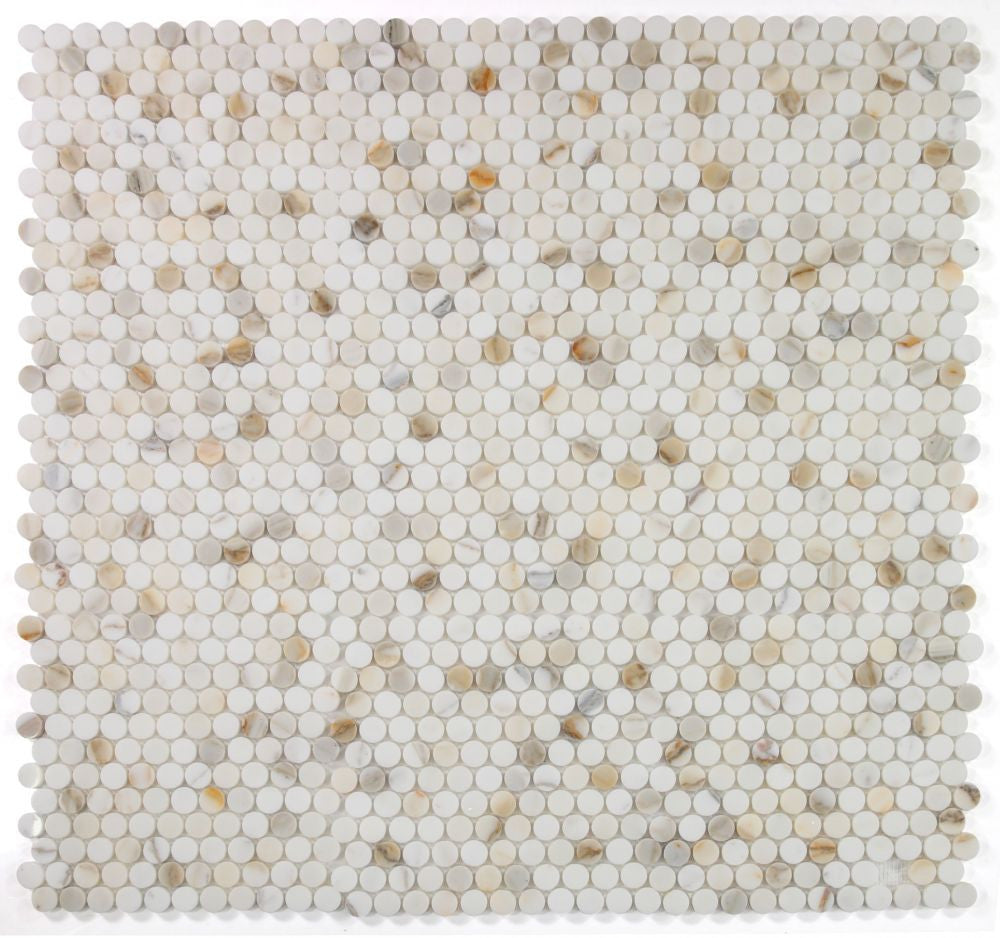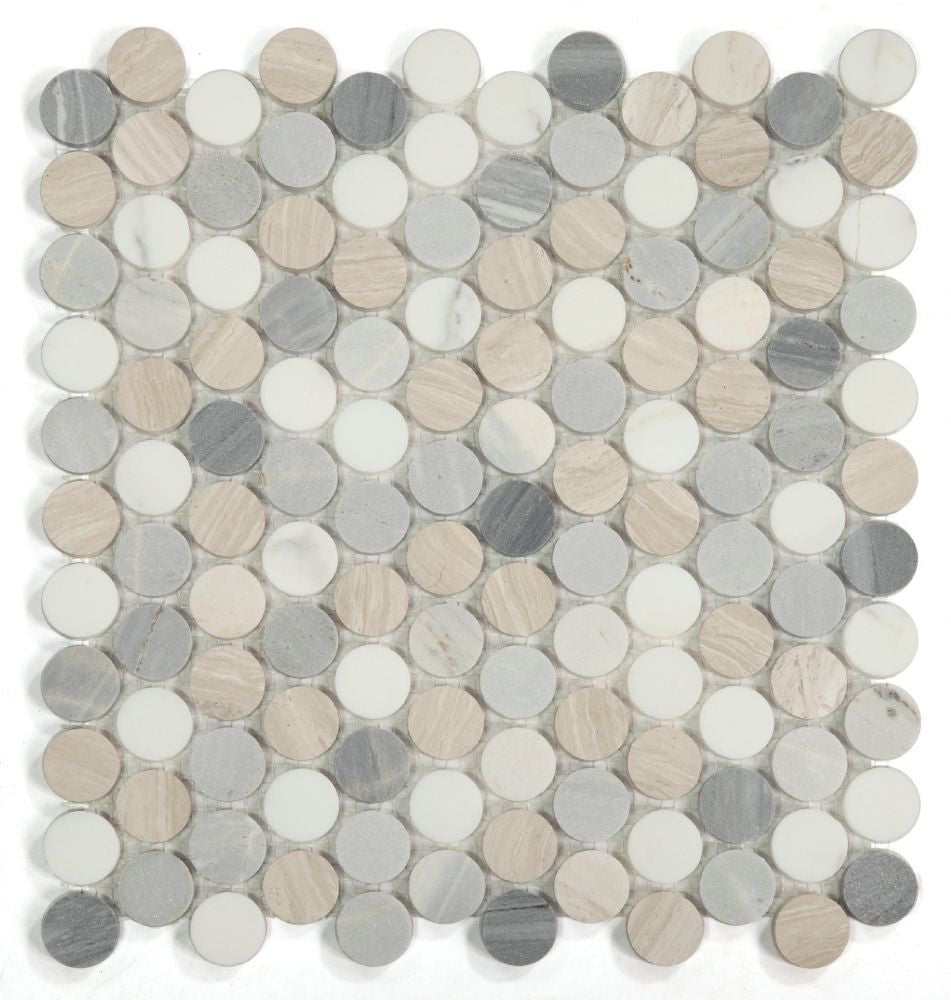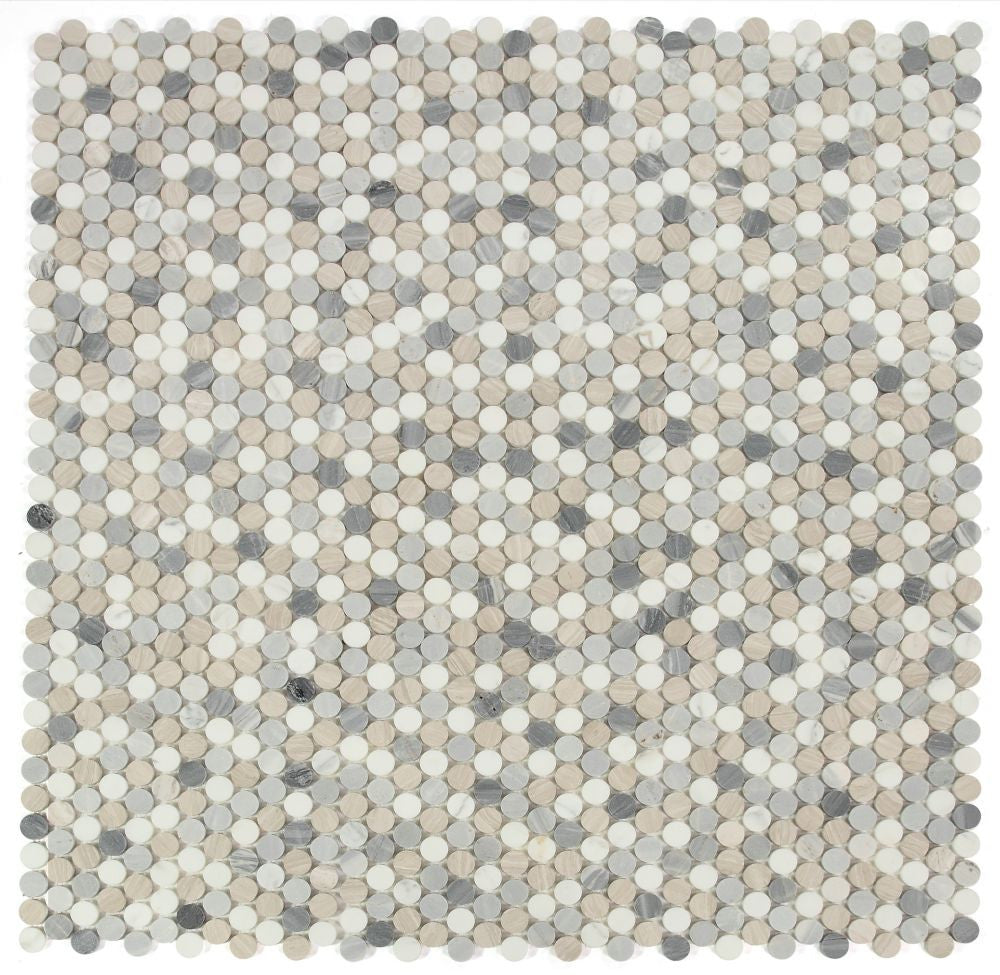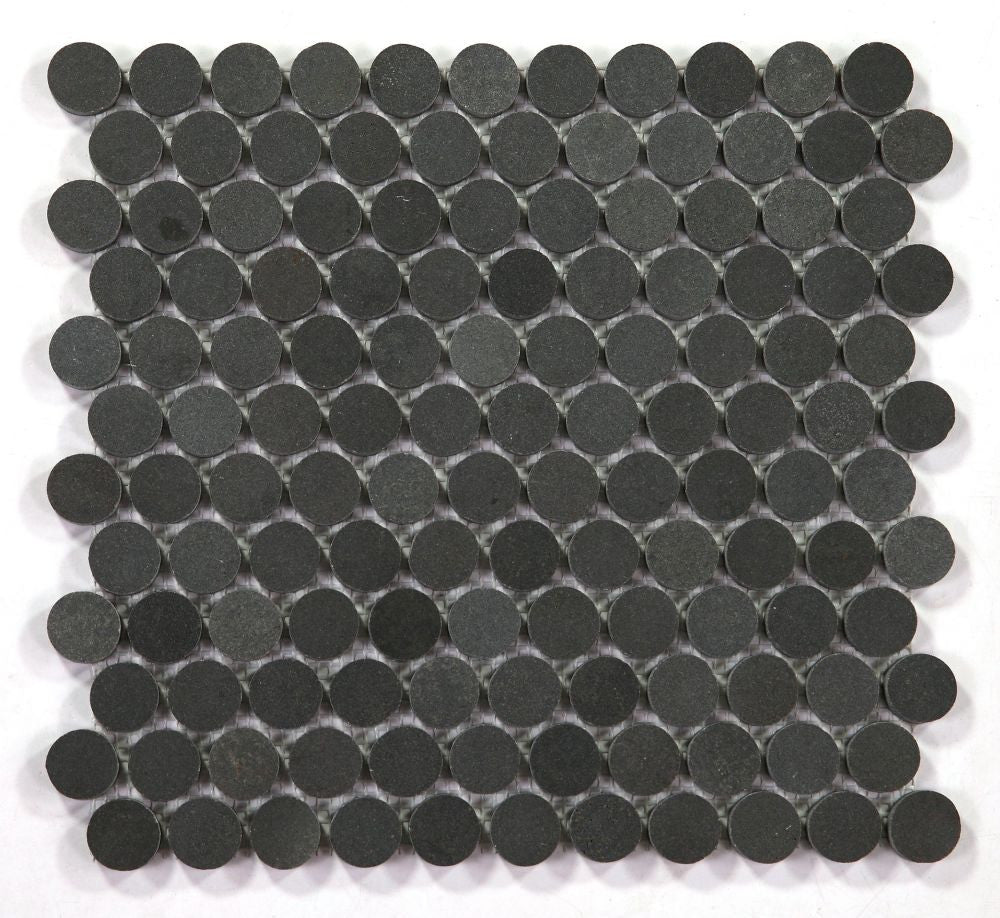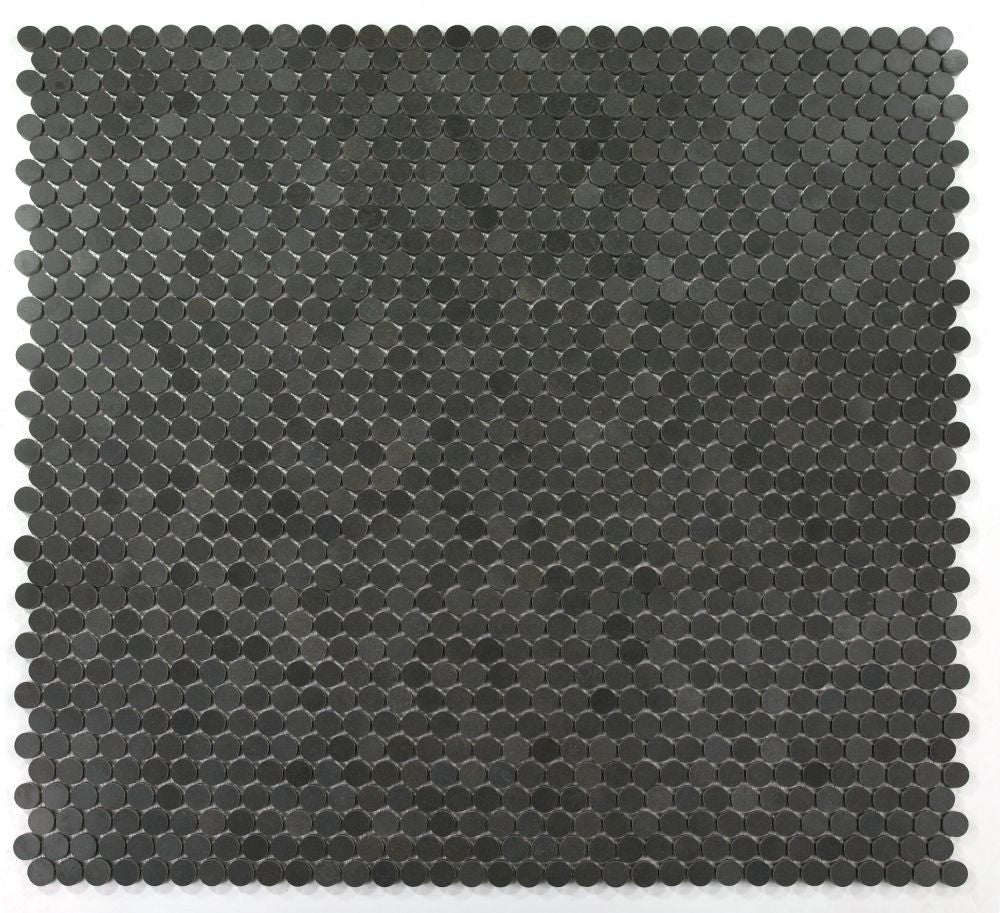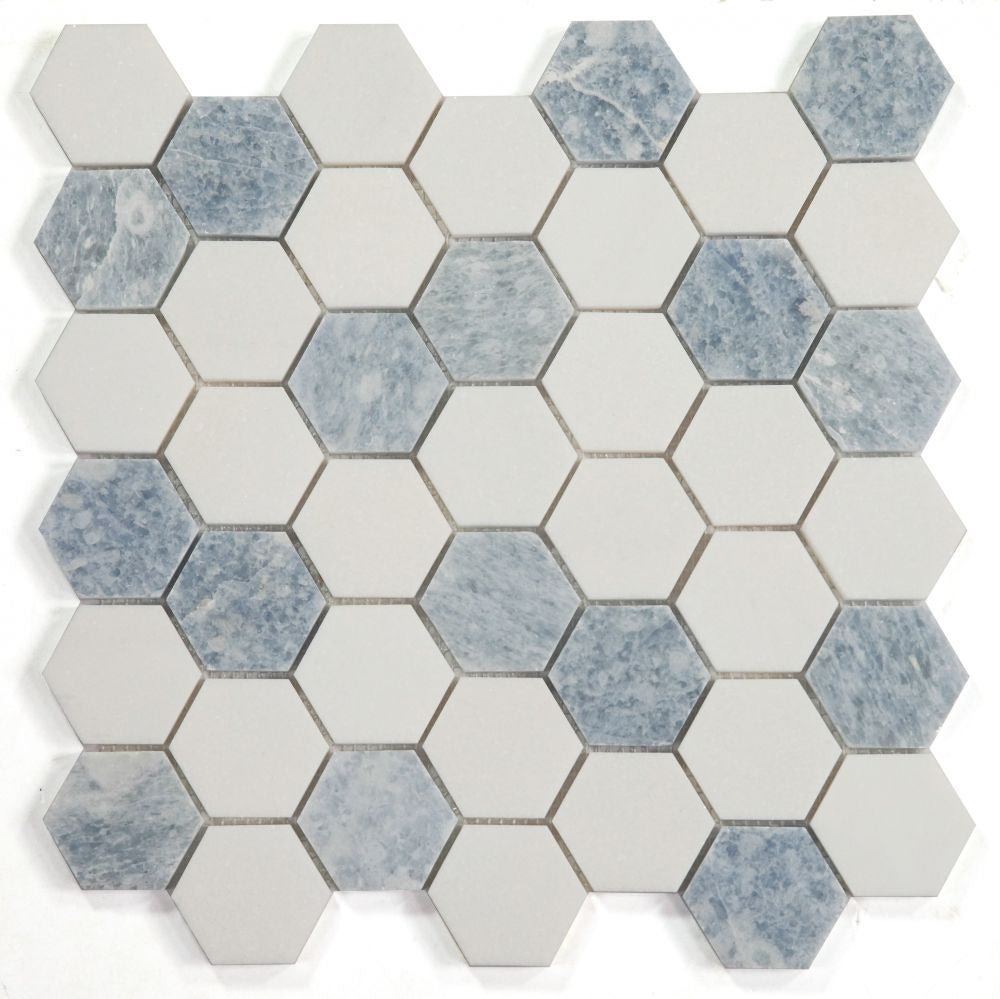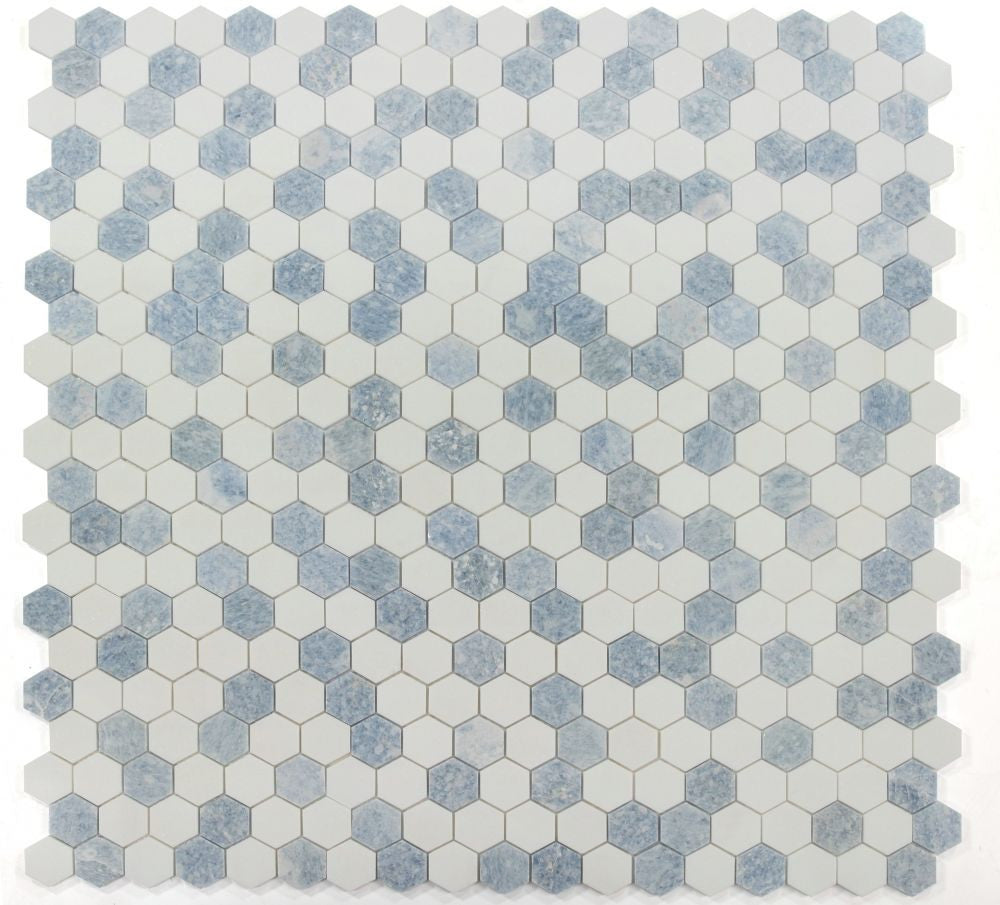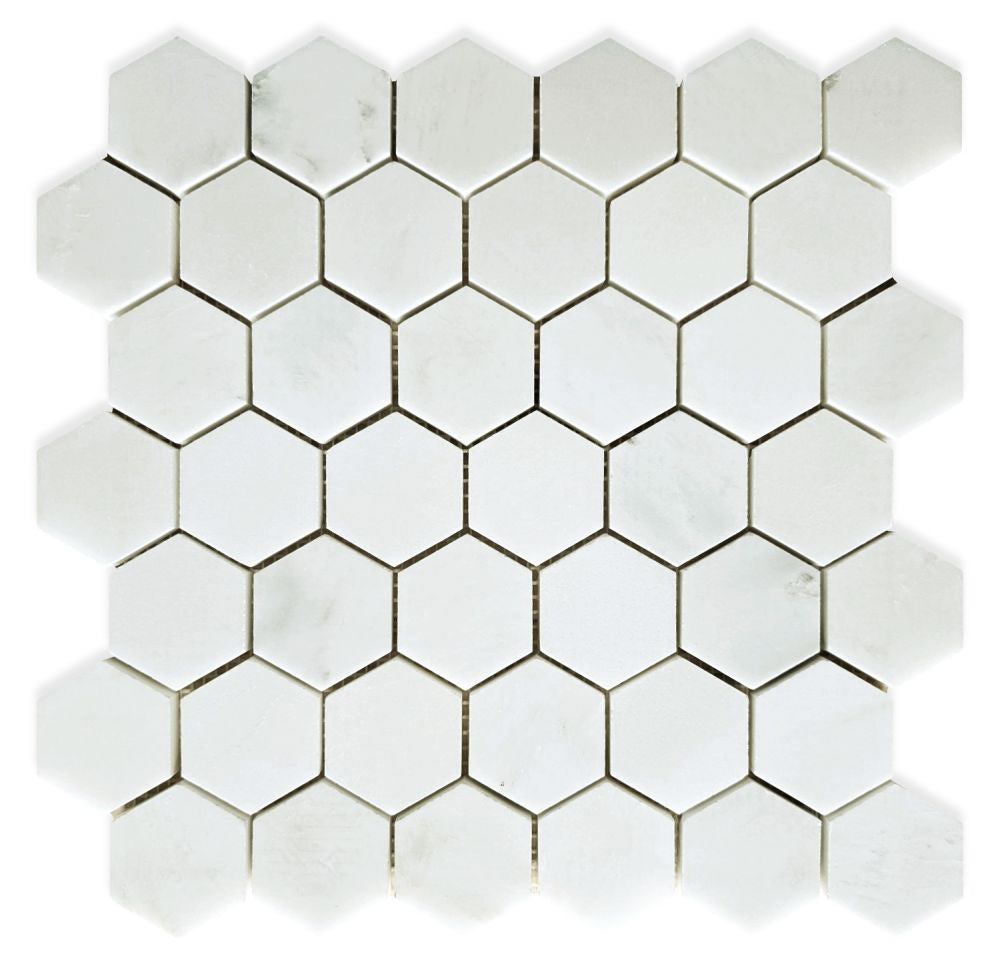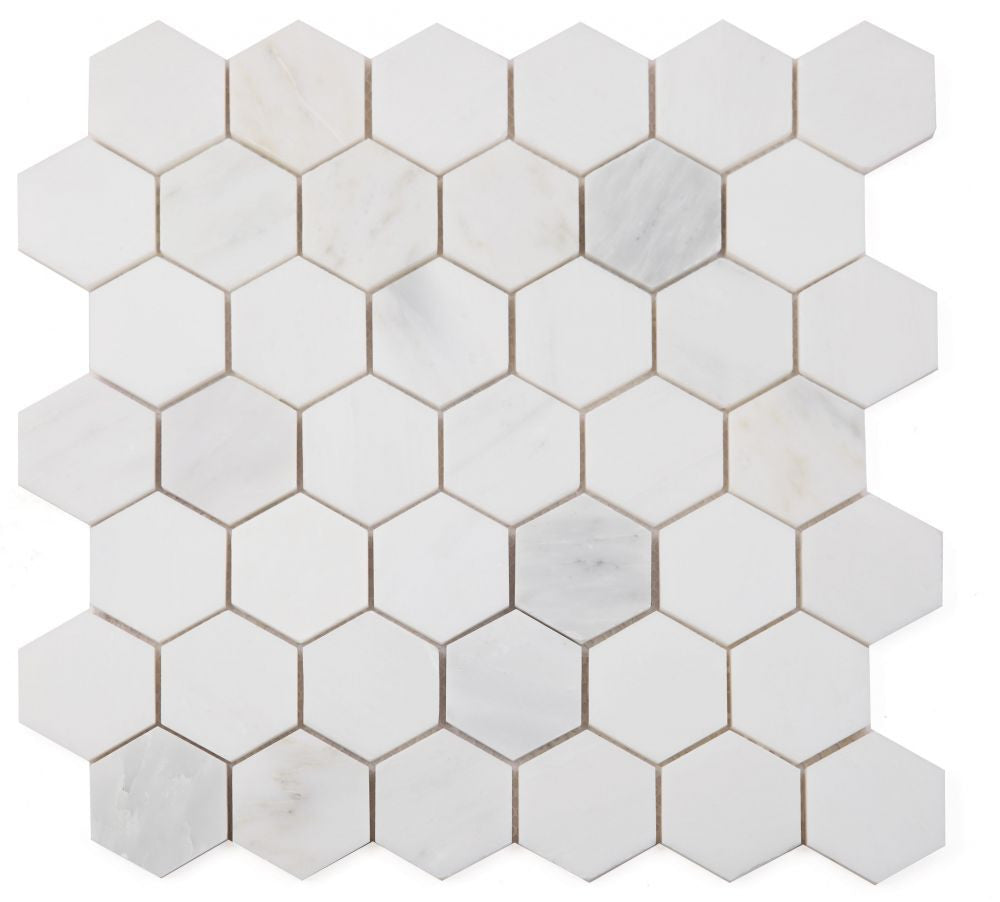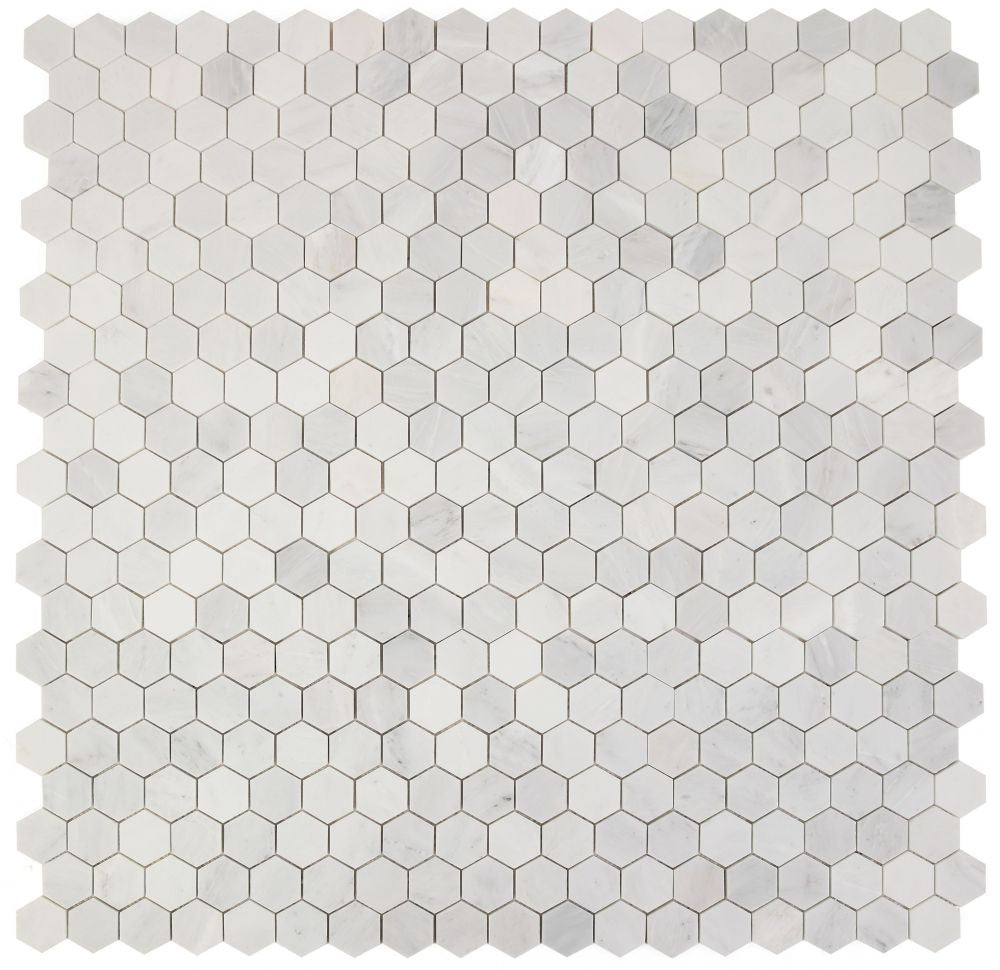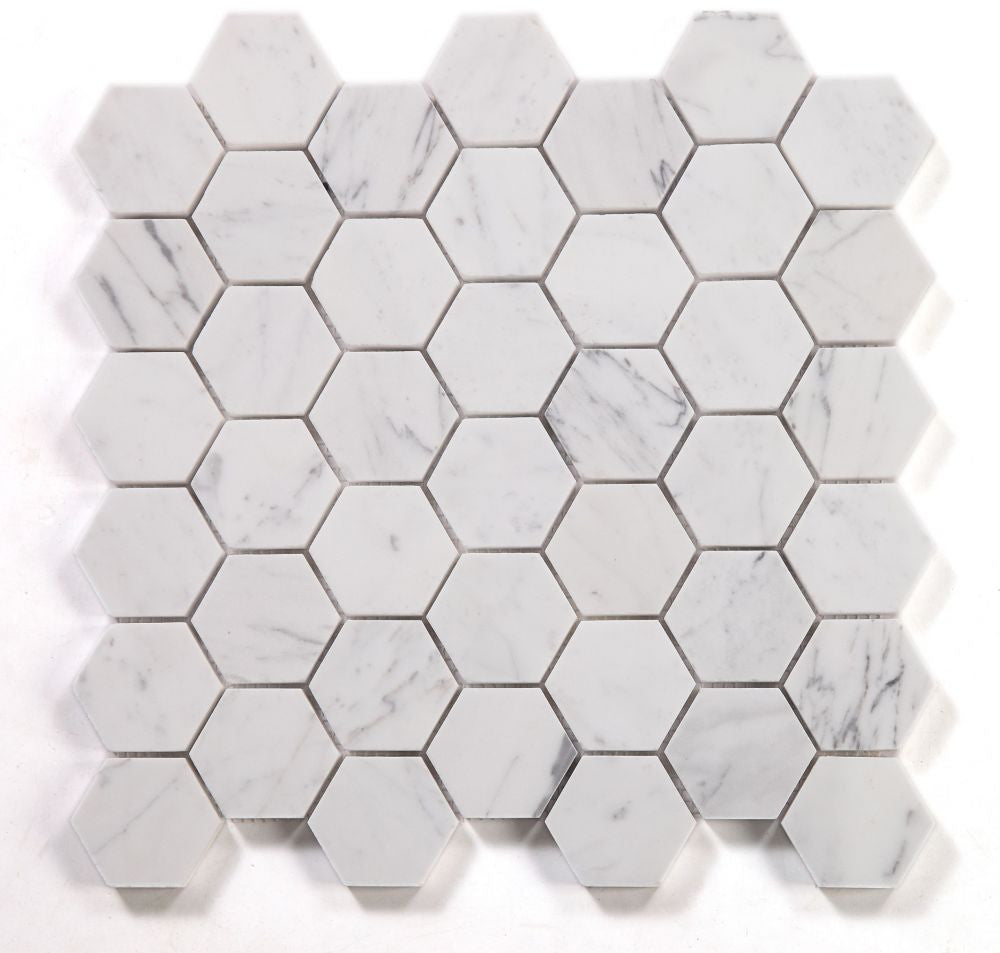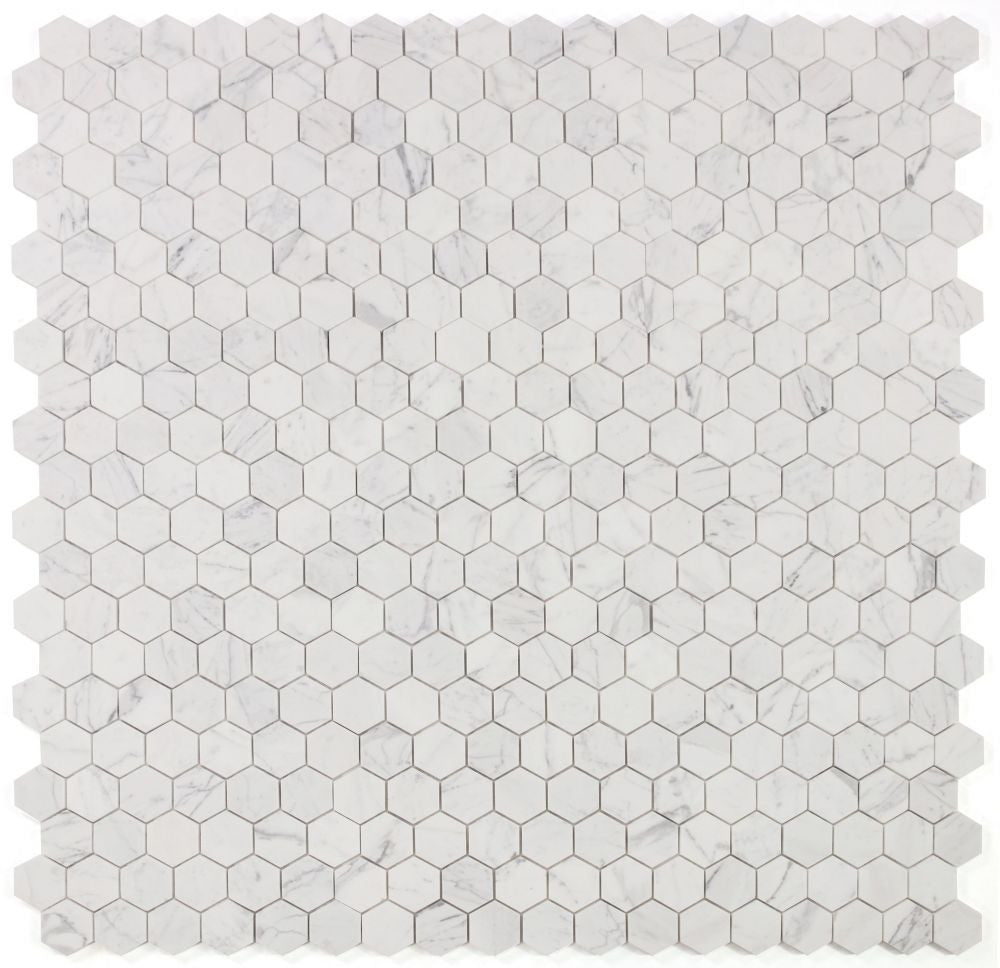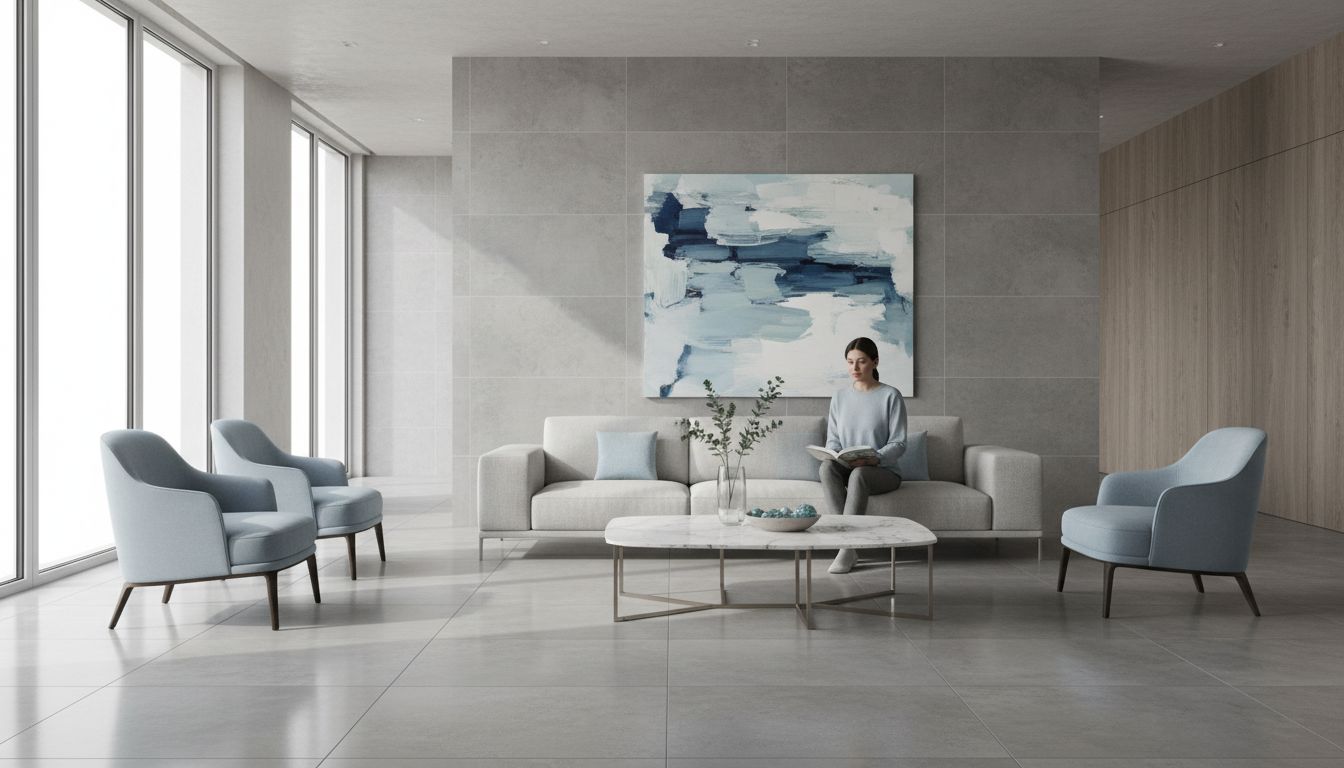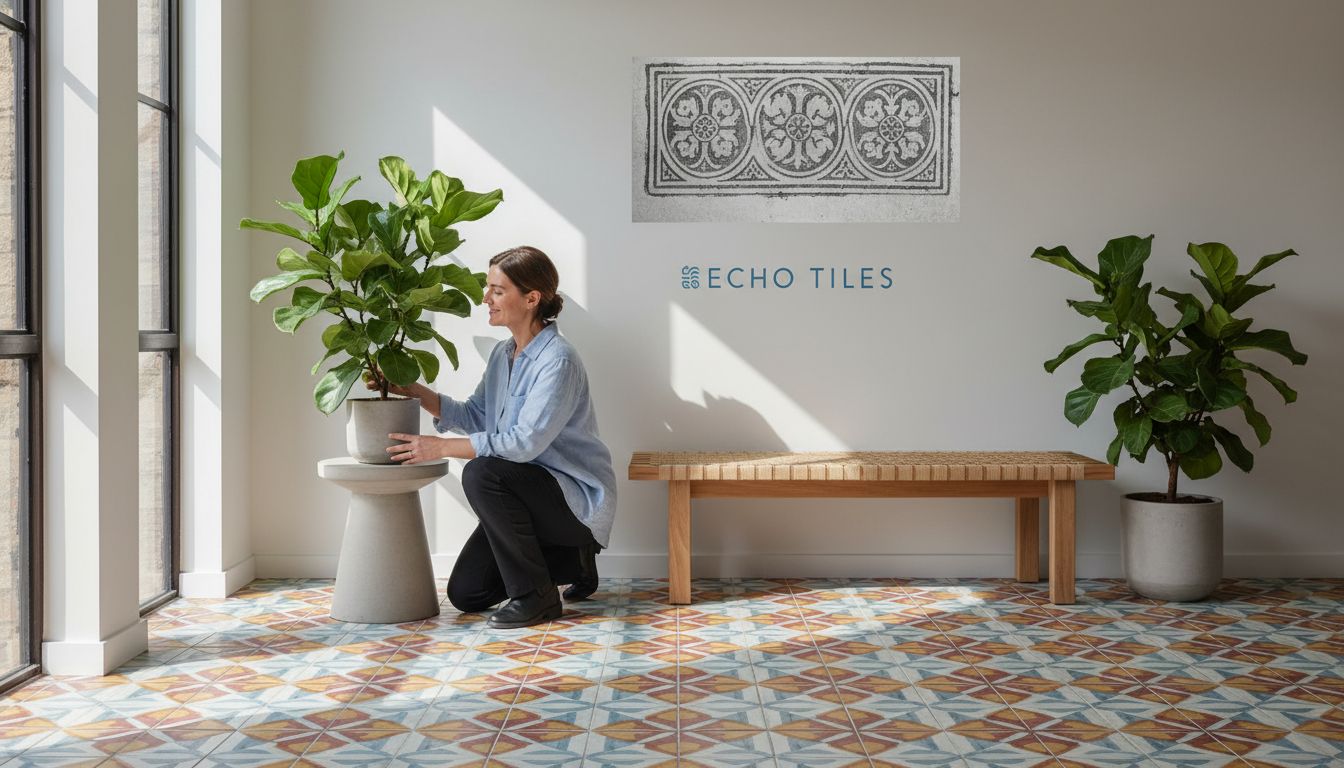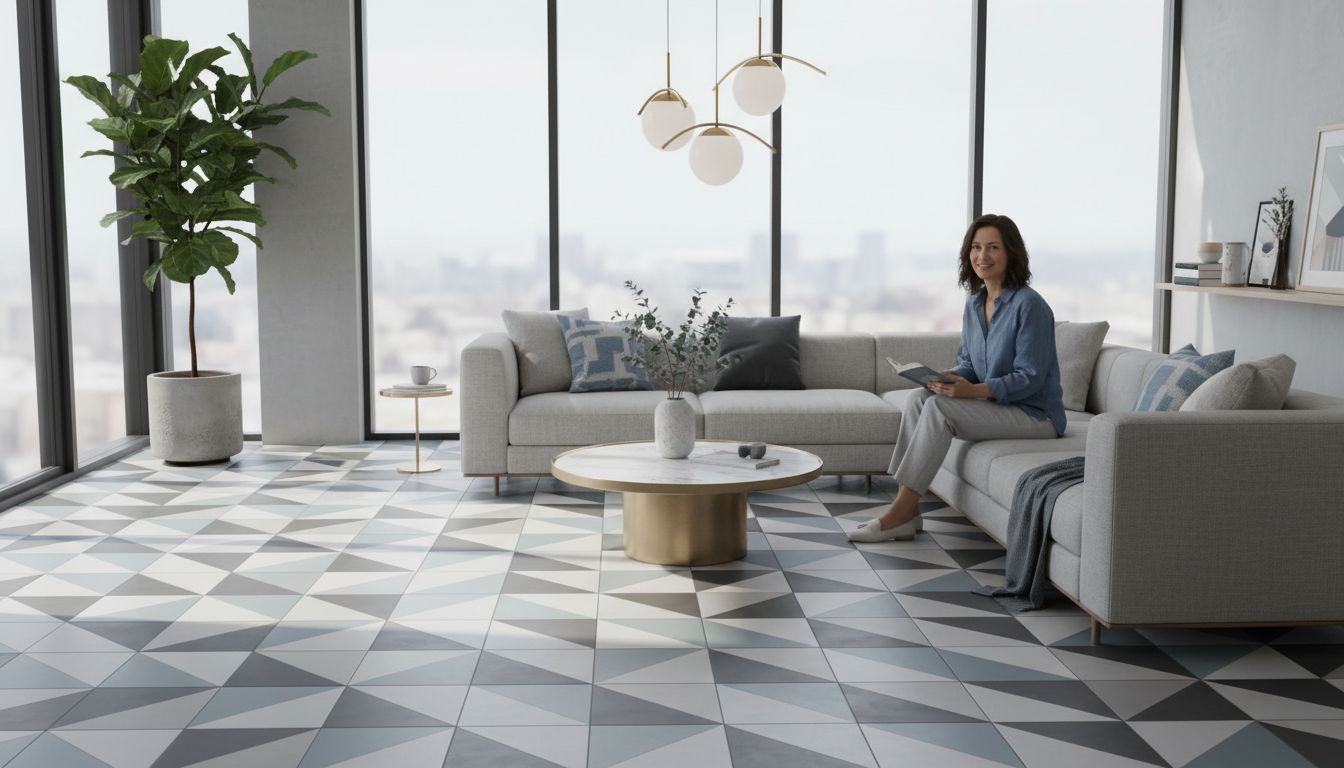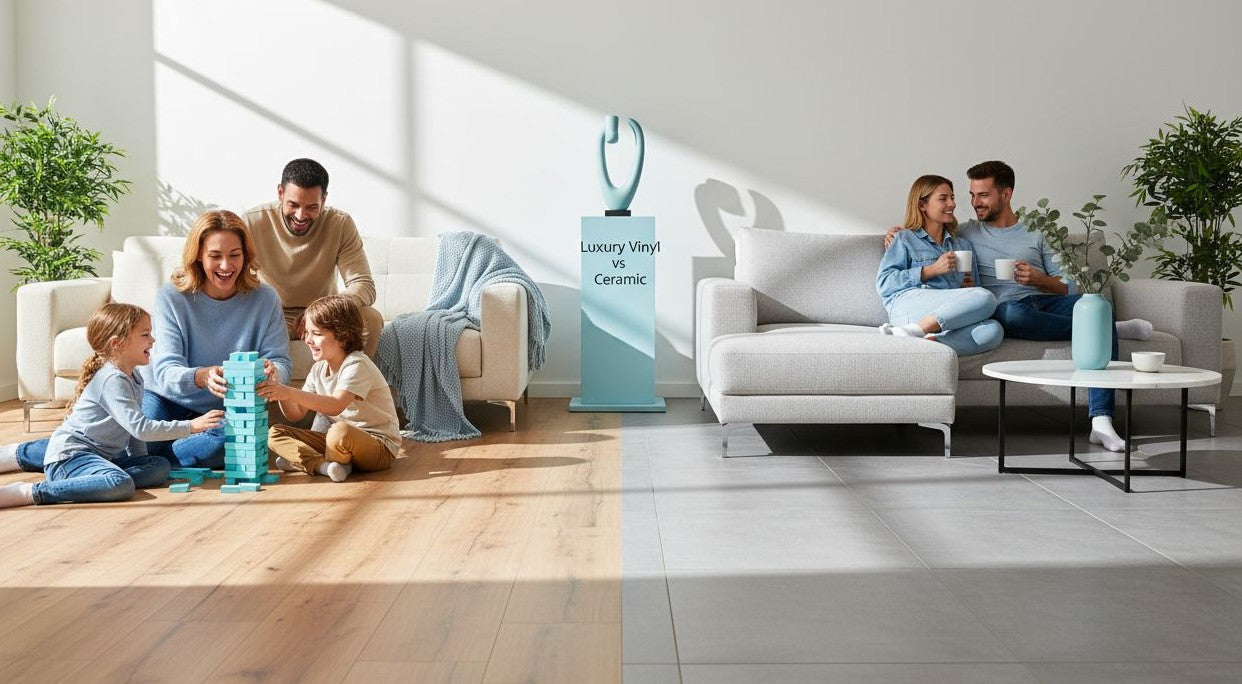Sound absorption tiles are changing how we experience home and work spaces. A single well-placed panel can cut echo by more than 50 percent according to acoustic experts. Most people picture boring squares glued to ceilings or hidden behind walls. Surprisingly, the latest designs not only control noise but also serve as bold interior design features that can turn any room into a calming retreat.
Table of Contents
- What Are Sound Absorption Tiles And Their Purpose?
- The Importance Of Sound Absorption In Various Spaces
- How Sound Absorption Tiles Function: The Science Behind Them
- Materials And Design Of Sound Absorption Tiles
- Practical Applications Of Sound Absorption Tiles In Interior Design
Quick Summary
| Takeaway | Explanation |
|---|---|
| Sound absorption tiles enhance indoor acoustics | These tiles minimize echo and noise for a more comfortable environment through their engineered design. |
| Material choice impacts acoustic performance | The effectiveness of tiles relies on properties like thickness, density, and surface type, tailored for specific needs. |
| Strategic installation supports productivity | Proper placement in offices and studios helps create focused zones that improve communication and concentration. |
| Health and well-being are improved | Effective noise management reduces stress and enhances psychological comfort, benefiting environments like schools and hospitals. |
| Consider aesthetics alongside function | Modern sound absorption tiles are not only practical but also visually appealing, making them suitable for various design themes. |
What Are Sound Absorption Tiles and Their Purpose?
Sound absorption tiles are specialized architectural solutions designed to manage indoor acoustics by reducing noise, minimizing echo, and creating more comfortable acoustic environments. These innovative panels serve critical functions across various spaces, transforming how we experience sound within interior settings.
The Science Behind Sound Absorption
Sound absorption tiles work through a sophisticated mechanism of capturing and dissipating sound waves. When sound waves encounter these specialized panels, they penetrate the tile’s porous surface, where sound energy is converted into minimal heat through friction within the material’s intricate internal structure. Acoustic research from the National Research Council of Canada confirms that these tiles can significantly reduce sound reflection and reverberation in indoor environments.
The effectiveness of sound absorption tiles depends on several key characteristics:
- Material composition (such as fiberglass, mineral wool, or specialized foam)
- Panel thickness
- Surface texture and density
- Specific acoustic design goals
Practical Applications of Sound Absorption Tiles
Sound absorption tiles find extensive use across multiple professional and residential settings. They are particularly valuable in environments where acoustic clarity and noise reduction are paramount. Workplace safety guidelines from the CDC highlight their importance in creating healthier acoustic environments.
Professional spaces like recording studios, conference rooms, open-plan offices, and educational facilities benefit immensely from strategic sound absorption tile installation. They help manage noise levels, improve speech intelligibility, and create more comfortable acoustic experiences. For residential spaces, these tiles offer similar advantages, helping homeowners control sound transmission between rooms and reduce external noise intrusion.
The table below outlines practical applications of sound absorption tiles in both professional and residential settings, highlighting their role in improving environments as discussed in the article.
| Environment Type | Example Spaces | Benefits of Sound Absorption Tiles |
|---|---|---|
| Professional | Offices, studios, classrooms | Enhanced clarity, reduced noise, productivity |
| Healthcare | Hospitals, clinics | Lower stress, improved comfort |
| Residential | Home theaters, bedrooms | Acoustic privacy, less echo, better sleep |
| Educational | Schools, lecture halls | Clear communication, focused learning |
Interested in learning more about how different tile materials can transform your space? Check out our guide on understanding tile types to explore additional design possibilities that complement acoustic solutions.
The Importance of Sound Absorption in Various Spaces
Sound absorption plays a crucial role in creating functional, comfortable, and productive environments across numerous settings. By strategically managing acoustic conditions, sound absorption tiles help transform spaces from noisy, disruptive areas to peaceful, efficient zones that support human performance and well-being.
Acoustic Impact on Professional Environments
In professional settings, sound absorption directly influences workplace productivity and employee performance. Workplace acoustics research from Cornell University demonstrates that excessive noise can significantly reduce cognitive function, increase stress levels, and diminish overall work efficiency. Sound absorption tiles become essential interventions in:
- Open office environments
- Conference rooms
- Call centers
- Creative workspaces
- Healthcare facilities
By reducing background noise and minimizing sound reflections, these tiles create acoustic environments that support concentration, communication, and mental clarity. Organizations can dramatically improve worker satisfaction and productivity through strategic acoustic management.
Health and Psychological Implications
Beyond professional productivity, sound absorption influences psychological and physiological well-being. Prolonged exposure to uncontrolled noise can trigger stress responses, elevate cortisol levels, and potentially contribute to long-term health complications. Sound absorption tiles act as critical interventions in environments where noise management is paramount.
Residential spaces, educational institutions, and healthcare facilities particularly benefit from sophisticated acoustic design. For individuals with sensory processing challenges, autism, or heightened noise sensitivity, sound absorption becomes more than a design element it represents a fundamental aspect of environmental comfort and accessibility.
For those interested in exploring how design elements can complement acoustic solutions, our guide on tile design variations offers additional insights into creating harmonious spaces.
How Sound Absorption Tiles Function: The Science Behind Them
Sound absorption tiles represent a sophisticated acoustic engineering solution that transforms sound wave dynamics through precise material design and strategic structural composition. Unlike traditional surfaces that reflect sound, these specialized panels engage in complex energy conversion processes that dramatically alter acoustic environments.
Acoustic Wave Interaction Mechanisms
Acoustic engineering research from MIT reveals that sound absorption tiles operate through intricate physical interactions between sound waves and specialized materials. When sound waves encounter these panels, they penetrate microscopic porous structures, where energy is systematically converted and dissipated.
The primary mechanisms of sound absorption include:
- Porous material friction
- Mechanical vibration dampening
- Sound wave conversion to minimal thermal energy
- Complex resonance trapping within material structures
Material Composition and Acoustic Performance
The effectiveness of sound absorption tiles directly correlates with their material composition and structural design. Different materials demonstrate unique acoustic absorption characteristics:
- Fiberglass: High absorption across wide frequency ranges
- Mineral wool: Excellent sound dampening properties
- Specialized foam: Targeted frequency absorption
- Compressed fabric panels: Aesthetic and functional design
Sound waves interact differently with each material, creating nuanced acoustic responses tailored to specific environmental requirements. Thickness, density, and surface texture play critical roles in determining a tile’s overall acoustic performance.
To help you compare the various materials used in sound absorption tiles, the following table summarizes their properties and acoustic performance as described in the article.
| Material | Acoustic Performance | Key Characteristics |
|---|---|---|
| Fiberglass | High absorption across wide frequency ranges | Dense, lightweight, porous |
| Mineral Wool | Excellent sound dampening properties | Dense, fibrous, resilient |
| Specialized Foam | Targeted frequency absorption | Open-cell structure, flexible |
| Compressed Fabric | Aesthetic and functional design | Durable, customizable finishes |
For professionals seeking comprehensive insights into material selection and installation techniques, our guide on tile installation essentials provides additional context for creating optimal acoustic environments.
Materials and Design of Sound Absorption Tiles
Sound absorption tiles represent a sophisticated intersection of material science, acoustic engineering, and architectural design. Their effectiveness stems from carefully engineered compositions that transform how sound waves interact with indoor environments, creating tailored acoustic experiences across diverse settings.
Core Material Characteristics
Acoustic research from the National Research Council of Canada highlights the critical role of material properties in sound absorption performance. The fundamental characteristics that define a sound absorption tile’s efficacy include:
- Porosity and internal structure
- Density and material composition
- Surface texture and complexity
- Structural resilience and durability
Each material brings unique acoustic properties.
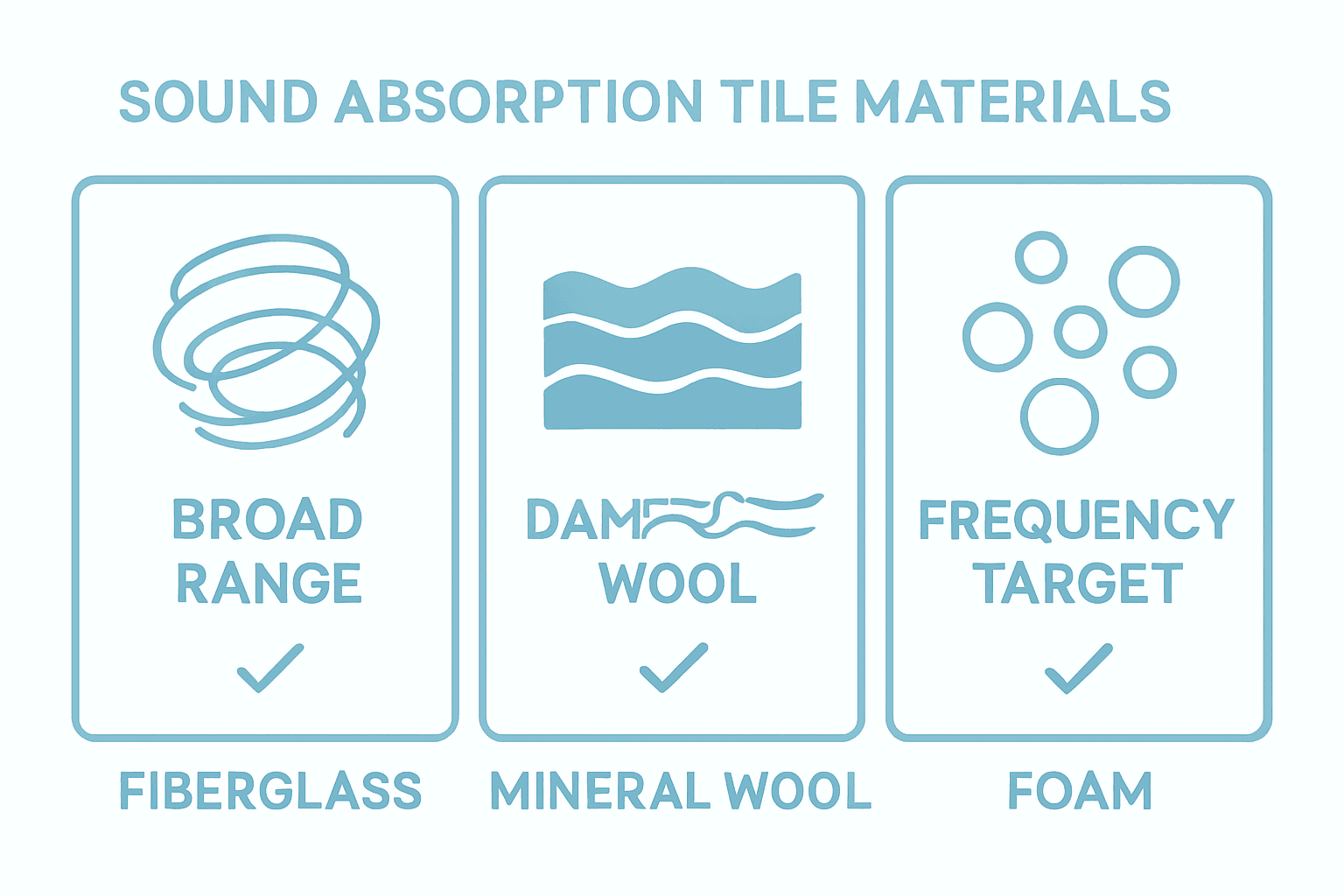 Mineral wool offers exceptional sound dampening through its dense, fibrous structure, while open-cell foam provides targeted frequency absorption through its intricate cellular network. The strategic selection of materials determines how effectively sound waves are captured, transformed, and ultimately dissipated.
Mineral wool offers exceptional sound dampening through its dense, fibrous structure, while open-cell foam provides targeted frequency absorption through its intricate cellular network. The strategic selection of materials determines how effectively sound waves are captured, transformed, and ultimately dissipated.
Design Considerations and Performance Optimization
Designing sound absorption tiles goes beyond material selection. Architects and acoustic engineers must consider complex interactions between material properties, geometric configurations, and environmental contexts. Panel thickness, surface treatment, and installation methodology dramatically influence overall acoustic performance.
Modern sound absorption tiles integrate advanced design principles that extend beyond pure functionality. Aesthetic flexibility has become increasingly important, with manufacturers developing solutions that blend sophisticated acoustic engineering with visual appeal. Contemporary designs offer tiles that not only manage sound effectively but also complement interior design schemes.
For design professionals seeking innovative approaches to acoustic solutions, our guide on metallic finish tiles provides additional insights into creating visually striking and acoustically refined spaces.
Practical Applications of Sound Absorption Tiles in Interior Design
Sound absorption tiles transcend their fundamental acoustic function, emerging as sophisticated design elements that seamlessly integrate technological performance with aesthetic innovation. These versatile panels have revolutionized how interior designers approach spatial acoustics, transforming environments across residential, commercial, and specialized settings.
Strategic Acoustic Zoning in Professional Spaces
Workplace design research from Harvard University demonstrates that strategic sound absorption implementation can dramatically improve professional environments. Interior designers now leverage sound absorption tiles to create distinct acoustic zones within open-plan offices, conference rooms, and collaborative workspaces.
Key application areas include:
- Creative studios with variable acoustic requirements
- Collaborative work environments
- Technology centers with high ambient noise
- Educational training facilities
- Multimedia production spaces
By carefully positioning sound absorption tiles, designers can create acoustic microenvironments that support different activities without physical barriers, enabling flexible and dynamic workspace configurations.
Residential and Personal Space Acoustic Design
In residential settings, sound absorption tiles offer nuanced solutions for managing acoustic challenges. Modern homeowners seek sophisticated approaches to controlling sound transmission between rooms, reducing external noise intrusion, and creating personalized acoustic experiences.
Specialized applications include home theaters, music rooms, home offices, and spaces requiring acoustic privacy. Designers now view sound absorption tiles as precision instruments for crafting auditory experiences, not merely functional interventions.
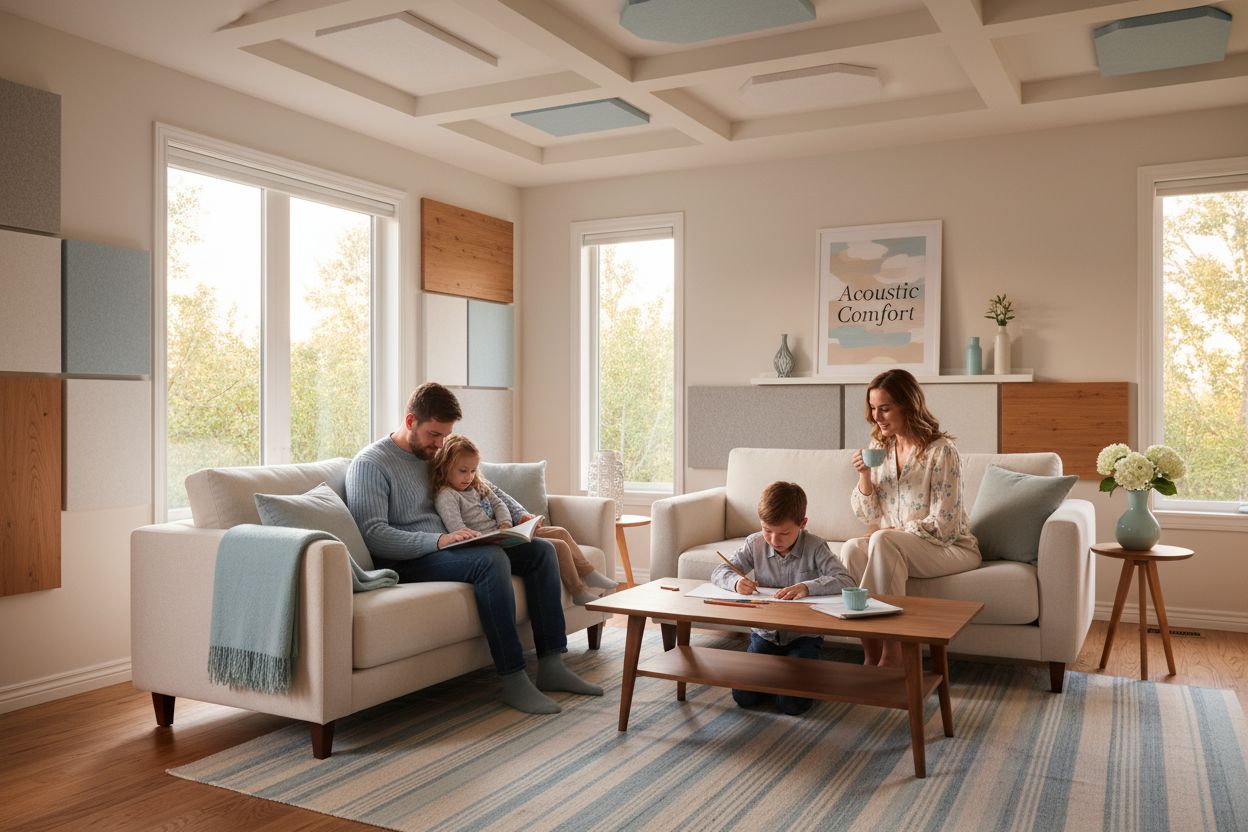
For design enthusiasts exploring innovative tile applications, our guide on terrazzo effect tiles provides additional inspiration for integrating aesthetic and functional design elements.
Elevate Your Space with Sound-Perfect Tile Solutions
Struggling to create a space free from unwanted noise or echo? If you found yourself nodding to the challenges discussed in ‘Understanding Sound Absorption Tiles for Better Spaces,’ you know that managing acoustics is essential for comfort, productivity, and well-being. At TileChoices.com, we recognize that every project is unique, whether you need to dampen noise in an open office or design a peaceful home sanctuary. Our diverse tile collections, including high-performance materials, help you bridge the gap between beautiful design and effective sound management. Discover helpful guides like Understanding Tile Types or explore installation essentials to further enhance your acoustic and design goals.

Ready to transform your environment with tiles that do more? Visit TileChoices.com now for innovative products, samples on demand, and expert advice. Take control of your surroundings today and enjoy the harmony of a well-designed, acoustically balanced space.
Frequently Asked Questions
What are sound absorption tiles?
Sound absorption tiles are specialized architectural solutions designed to manage indoor acoustics by reducing noise and minimizing echo. They help create comfortable acoustic environments in various spaces, from homes to professional settings.
How do sound absorption tiles work?
Sound absorption tiles capture and dissipate sound waves through their porous surfaces. Sound waves penetrate the tiles, where the energy is converted into minimal heat, effectively reducing sound reflection and reverberation within a space.
What materials are used in sound absorption tiles?
Common materials used in sound absorption tiles include fiberglass, mineral wool, and specialized foam. Each material offers unique acoustic absorption characteristics that can be optimized based on specific sound management needs.
Where are sound absorption tiles commonly used?
These tiles are widely used in professional spaces such as recording studios, conference rooms, and open-plan offices, as well as residential areas like home theaters or music rooms. They are essential in creating environments with good speech intelligibility and reduced background noise.




